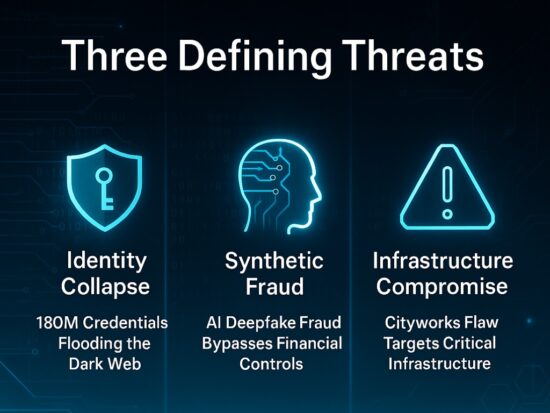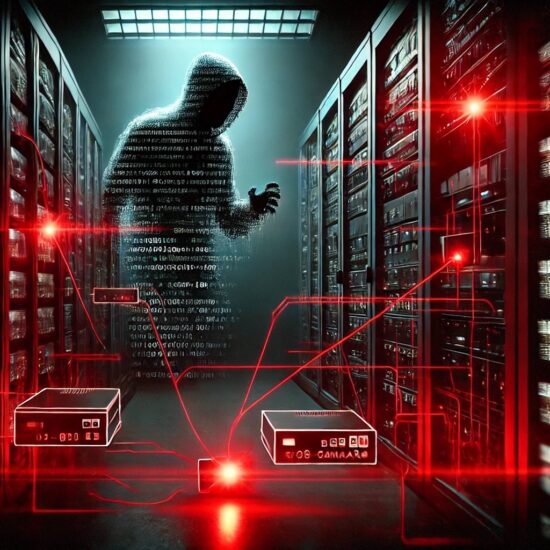In an era where technology plays a pivotal role in governance, the protection of sensitive data and critical infrastructure from cyber threats has become an increasingly pressing concern for government agencies. The United States, like many other nations, has witnessed instances where its agencies have fallen victim to cybercriminals and foreign adversaries. To address this recurring challenge, it is imperative for US government agencies to adopt comprehensive cybersecurity measures that fortify their defenses and mitigate the risks associated with cyber attacks. This article outlines specific strategies that these agencies should employ to safeguard their data, systems, and networks from relentless threats.
Implement a Multi-Layered Defense Strategy:
To counter evolving cyber threats effectively, US government agencies must adopt a multi-layered defense strategy. This approach entails a combination of preventive, detective, and corrective measures. Firewalls, intrusion detection and prevention systems, advanced malware protection, and secure coding practices should be implemented to protect networks and systems. Regular vulnerability assessments, penetration testing, and threat intelligence sharing with other agencies are essential to identify and address potential vulnerabilities.
Foster a Culture of Cybersecurity Awareness:
Human error remains a significant factor in successful cyber attacks. Therefore, government agencies should prioritize cybersecurity awareness training for employees at all levels. Training programs should cover topics such as identifying phishing attempts, using strong passwords, handling sensitive data, and recognizing social engineering techniques. By fostering a culture of cybersecurity awareness, agencies can significantly reduce the likelihood of successful intrusions.
Enhance Collaboration and Information Sharing:
Government agencies should foster strong partnerships and facilitate robust information sharing to combat cyber threats effectively. Sharing threat intelligence, best practices, and lessons learned with other agencies and industry partners can help identify emerging threats and vulnerabilities more efficiently. Collaboration with private sector organizations, cybersecurity firms, and academic institutions can provide additional expertise and resources to bolster defense mechanisms.
Prioritize Risk Management and Incident Response:
Proactive risk management and incident response planning are crucial components of an effective cybersecurity strategy. US government agencies must conduct thorough risk assessments to identify potential vulnerabilities and prioritize critical assets. Regular backups of critical data, effective incident response plans, and comprehensive disaster recovery strategies should be in place to minimize the impact of successful cyber attacks and ensure business continuity.
Employ Advanced Authentication and Encryption Techniques:
The implementation of strong authentication measures, such as multi-factor authentication and biometrics, can significantly enhance the security of government systems and networks. Additionally, encryption techniques should be employed to protect data at rest and in transit. End-to-end encryption, secure communication channels, and secure storage solutions should be adopted to safeguard sensitive information from unauthorized access.
Engage in Continuous Monitoring and Threat Hunting:
To stay ahead of cyber threats, US government agencies should invest in robust monitoring and threat hunting capabilities. Real-time monitoring of networks and systems can enable the timely detection of potential threats and intrusions. Employing advanced threat hunting techniques, including behavioral analysis and anomaly detection, can help identify and mitigate sophisticated attacks that evade traditional security measures.
Protecting the data, systems, and networks of US government agencies from cyber attacks and foreign adversaries is an ongoing challenge that requires constant vigilance and adaptation. By adopting a multi-layered defense strategy, fostering a culture of cybersecurity awareness, enhancing collaboration and information sharing, prioritizing risk management and incident response, employing advanced authentication and encryption techniques, and engaging in continuous monitoring and threat hunting, these agencies can significantly fortify their defenses. It is imperative that government agencies at all levels prioritize cybersecurity investments to safeguard the nation’s critical infrastructure and protect sensitive information from persistent and evolving cyber threats.





